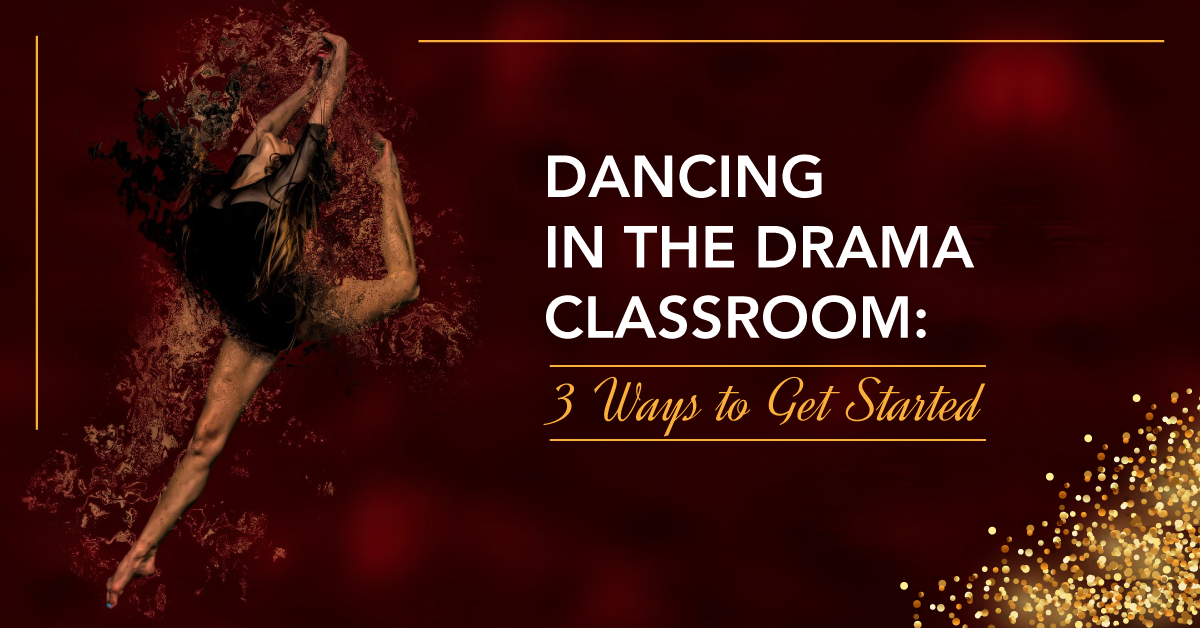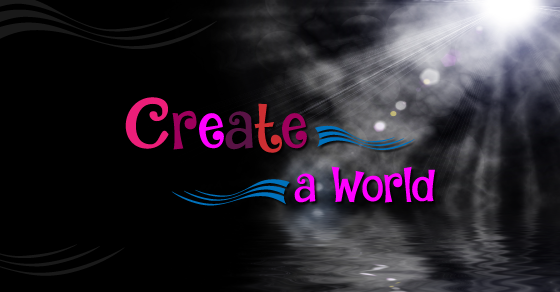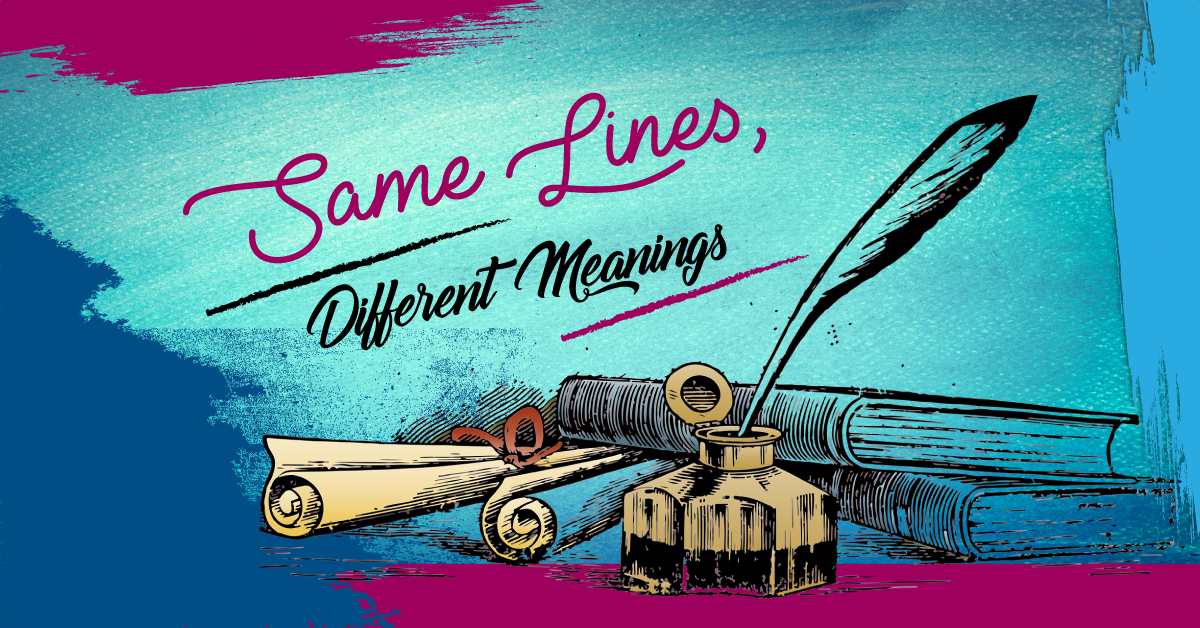Dancing in the Drama Classroom: 3 Ways to Get Started
For those students who love dancing, simply mentioning the word “dance” gets them up on their feet and immediately moving. For other students, the idea of pirouettes, step-touches, and fan kicks causes them to break out in a cold sweat. Dancing is fun, a great way to exercise, and a wonderful way to express feelings and emotions onstage, but it can be intimidating for students with two left feet – or even students who are good dancers but lack confidence.
Here are some tips for providing more leadership and growth opportunities for your dance enthusiasts, and to encourage your less dance-inclined students to dip their toes deeper into the dancing pool.
1. Start with those who love dance
First and foremost, if you are working on a class production and have students who absolutely love dance, that is an ideal opportunity for you to get those students more deeply involved. You can have them work with the choreographer of the show: first by shadowing to learn proper warm-up techniques, how to explain the moves to the other students, and how to give corrections and feedback. (If they have a background in dance already, they may already have this knowledge.) You can assign “dance captains,” and have those students lead warm-ups and rehearse choreography while other students are working on other tasks.
From there, if you have some really skilled and enthusiastic students, have them choreograph a part of the show. Perhaps they can work on a dance break during a song, a transition to cover a scene change, the sequence of bows, or even a brief number within the show. Have the students plan their choreography in advance (either by writing it out on paper, or filming themselves doing their choreography) and show it to you. If it works with your vision for the show, then they are good to teach it to the rest of the cast! Be sure to credit their work in the program (such as “Monkey Around choreographed by Susan Martin and Kyle Reeve”), and let them film the cast doing their choreography, so they can have a recording of their work.
2. Use movement to tell a story
Within the classroom, challenge your students to think of dance as just another way of telling the story. Compare dancing to singing in a musical – why do characters break out into song? It’s because the character’s emotions and feelings are so strong they can’t just speak the words. It’s the same with dance – it’s another way of conveying emotions, feelings, and advancing the story.
Dance is also so diverse. It doesn’t always have to be all jazz hands and grapevines – it could be a series of interesting movements or lifts, it could be inspired by martial arts (like tai chi), it could be a stylized way of entering and exiting, it could be a dance fight… there are lots of possibilities. Have your students brainstorm a list of different ways that dance could be used beyond just the traditional “song and dance” style of performing. Have them think of it as creative movement, if they need to.
Speaking of diversity, there are so many different styles of dancing to explore. How could these different styles be incorporated into theatre? Perhaps your students claim not to like dancing only because they haven’t found a style they like. Your students might like hip hop, highland, popping and locking, ballroom, or ballet. Encourage them to explore different styles of dance – have them watch YouTube videos of different styles, and see how they might incorporate those moves into a show or scene. Or perhaps they might see two dance styles they like, and combine them together to make a unique hybrid style! (A tap dancing tango? Why not?)
3. Mini Exercise: Flowing Frozen Pictures
Students will create three frozen tableau scenes to tell a story (the beginning, the middle, and the end of a scene), but, rather than breaking the scene and just moving in a quick and neutral fashion to set up for the next scene, students will find a way to transition from scene to scene using flowing, dance-inspired movements. Have students hold the first tableau for five seconds, and then move slowly and smoothly (tai chi speed) for ten seconds to their second position. Students must keep moving for the entire ten seconds until the second tableau, then hold that pose for five seconds. And then, again, take ten seconds to flow their movements into the final frozen picture. Ten seconds doesn’t seem like a lot of time, but when moving from frozen picture to frozen picture, it’s quite a long time! Encourage students to move their bodies in interesting and varied ways – use turns, levels (high/medium/low), reaches, stretches, and so on. Feel free to set the scenes to music if you wish!



